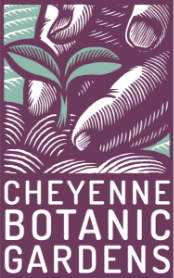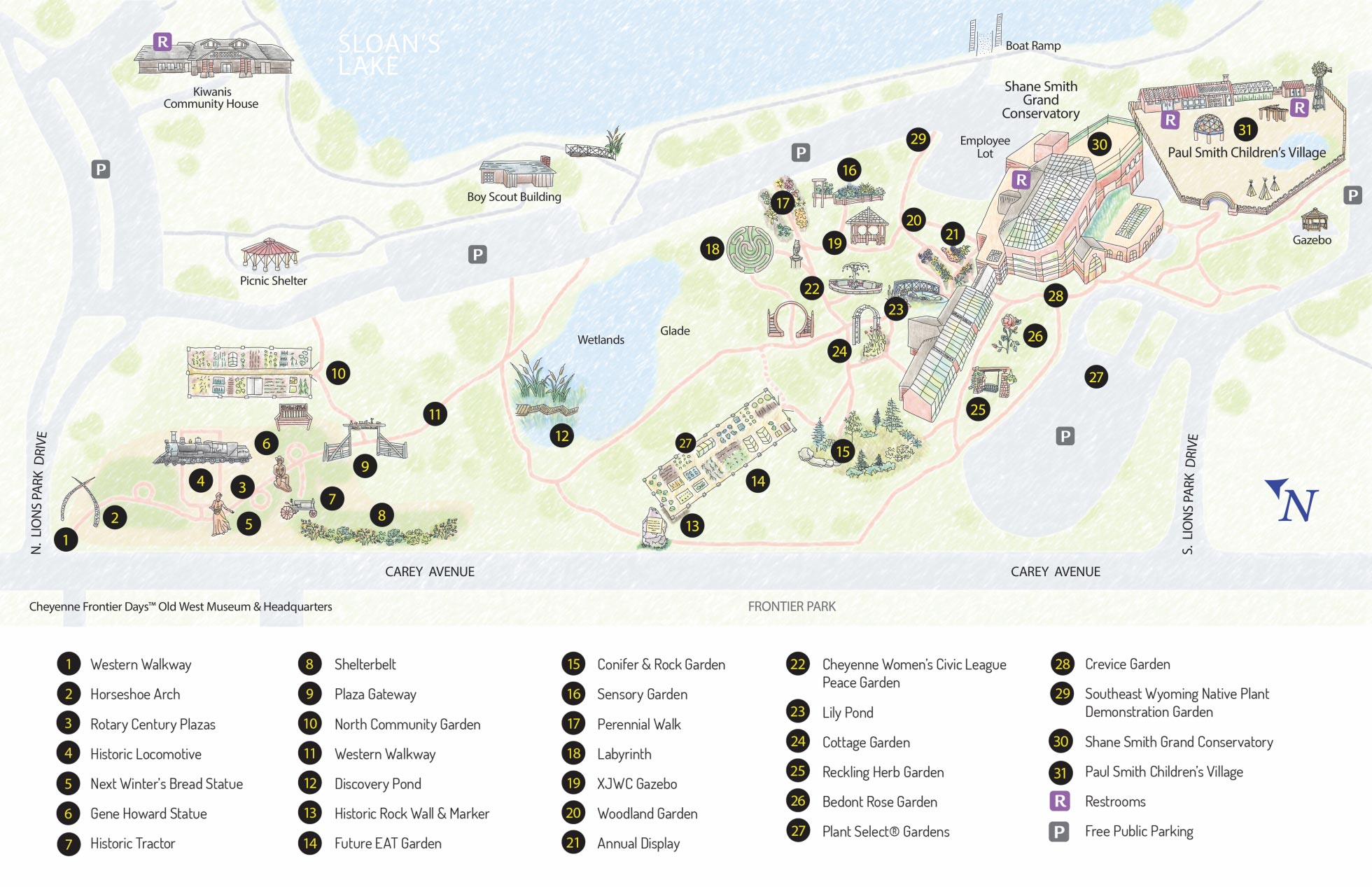When dogs and lawns mix there is usually a problem waiting to happen or needing to be solved. It is especially noticeable immediately after winter when the soil thaws and the turf starts to grow. Dog urine and feces in small amounts may produce a fertilizer effect where you see patches of unusually dark green turf. This is because of the high level of nitrogen contained in dog wastes. In large amounts, the turf burns from the nitrogen salts contained in the urine and eventually creates dead patches. Over time burn spots may recover as the salts from the urine move out of the root zone with irrigation and the turf grows back into the area. But unfortunately this is not always the case. For people who both love their dog and their yard this can prove to be a real dilemma.
To deal with this problem it is helpful to first clear up some misconceptions. First of all the female urine is no worse than the male urine. The difference is in how they urinate. All young dogs squat to urinate but as males mature they start to lift their leg as a way to mark their territory. This means that male dogs spread their urine around to many more places that may dilute the effect, but if they continue to mark the same area you will get burning especially if it is on a favorite shrub. Female dogs, being less likely to urine mark and more likely to squat, are the primary culprits of lawn damage since they will urinate anywhere on a lawn and usually all at once. This results in a single nitrogen dump confined to a small patch of grass. The brown spot that results will often have a green ring around the outside. The nitrogen overload at the center causes the burn, but as the urine is diluted toward the periphery, it has a fertilizer effect. This characteristic brown spot, green ring pattern has been called “female dog spot disease” by some horticulturists. To make matters worse most lawns are already at their maximum desired level for nitrogen with the addition of regular lawn fertilizers, so it doesn’t take much extra nitrogen to reach levels of turf burning.
Dr. A.W. Allard, a Colorado veterinarian, has done some research on the cause and effects of dog urine on several common lawn grasses1. His results support the fact that the volume of urine and especially urine concentration had the most deleterious effects on lawns. The pH of the urine did not have any variable effect nor did common dog food additives designed to alter the urine or the urines pH. Of four grasses tested, fescue and perennial ryegrass were the most resistant to the urine effects. Kentucky blue grass and bermudagrass were very sensitive to any urine concentration and severe burns resulted. This research also found that the concentration of urine had a larger effect than did urine volume.
Preventative Solutions
One technique to often used to prevent dog damage to turf is to restrict the damage to certain pre-defined areas. In another words, this is the use of a dog run rather than giving your canine the run of the yard. Some people have tried repellents with only limited success. A more feasible approach may be to train the pet to use a designated area of the yard. This area would be a landscaped area specifically designed for the dog. It would need a substrate like pea gravel or other mulch material that the dog would find acceptable and may even include a marking post like a large boulder, bird bath, lawn ornament, or even a faux fire hydrant. To help with training it might help to Collect the dog’s feces and urine drenched turf clippings and place it in this location for several days to provide some odor attractant to the area. Consistency of training for at least 2-3 weeks is important to establish the dog’s use of this area as a regular routine. Food rewards are also helpful in reinforcement of this behavior. Dogs should not be unsupervised in the yard while this initial training is occurring.
Many dog owners have found success in combating turf problems by simply walking the dog to the park or in the neighborhood. This of course can make for some bad feelings, especially if you don’t clean up after your pet!
Another solution is to reduce the concentration of nitrogen in the urine by getting the dog to intake more water. This accomplished by moistening dry dog food or feeding canned food. It is important to always have water available to your dog, both inside and outside. Consult your veterinarian first before making any major modifications to a pet’s diet. Dogs with more dilute urine may have to urinate more frequently and require more frequent access to the outdoors. In warmer months a dog door built into the storm door might enable easier access. Dogs that have limited access to the outside may have more concentrated urine which is the major cause of the dog spots.
Another option to consider is to adjust the amount of protein that is part of your dog’s diet. It is the protein that converts into the nitrogen that causes the turf problems. The average family dog doesn’t have the activity level that requires as high a protein level as most commercial maintenance dog foods provide. Although, dog food purchasing often reflects consumer perception that high protein equals better food, in fact moderate to low protein foods are often adequate for all but the most energetic, working and hunting dogs. Puppies also need a higher level of protein than non-active dogs. Always discuss feeding changes with your veterinarian.
Also, the quality of the protein has an impact since some proteins are highly digestible, meaning less is dumped in the feces and possibly the urine, than other proteins. In general, the premium and super premium pet foods, available from pet stores and veterinarians, will have higher quality protein and more digestible proteins than standard grocery store brands. The higher digestibility translates into smaller fecal size as well.
Solutions for existing problems
To deal with existing burn spots it is recommended that you core aerate the area with a hand held aerating tool that takes plugs out of the lawn. Then heavily irrigate the area until it puddles. Repeat this heavy irrigation a number of times. This will dilute and drive the nitrogen salts out of the root zone. Then loosen up the soil and blend a cup of peat moss to the spot. Apply a quality grass seed to the area, lightly rake the seed in so that it is barely covered and keep the area moist for up to 20 days until you see germination.
There are grass seed mixes designed for patching dog spots that might be a good choice for your situation in repairing turf damage. Another option is to use a newer turf seed product designed for patching lawn dead spots that already has a mulch and fertilizer added to the seed all in one bag. This usually eliminates the need for frequent watering to only once per day.
You can also patch the dead spot with small piece of sod measured to fit the same area. This would likely require the removal of soil so that when the sod is set into the turf, it is flush with the surface of the soil.
Finally, you can reduce your overall yard fertilization so that your turf can stand higher levels of nitrogen contained in your dog wastes. Another solution is to switch to a turf-type fescue variety of turf which is likely to be more tolerant of the effects of dog wastes than the more traditional bluegrass. This would require that you first kill out your existing turf and re-sow the new variety or re-sod with the turf-type fescue.
- Allard, AW. Lawn burn and dog urine, Canine Practice, March/April 1981;8;(2);26-32.
Adapted by the Cheyenne Botanic Gardens from The Turf Resource Center and Dr. Steve Thompson, DVM Purdue University.



